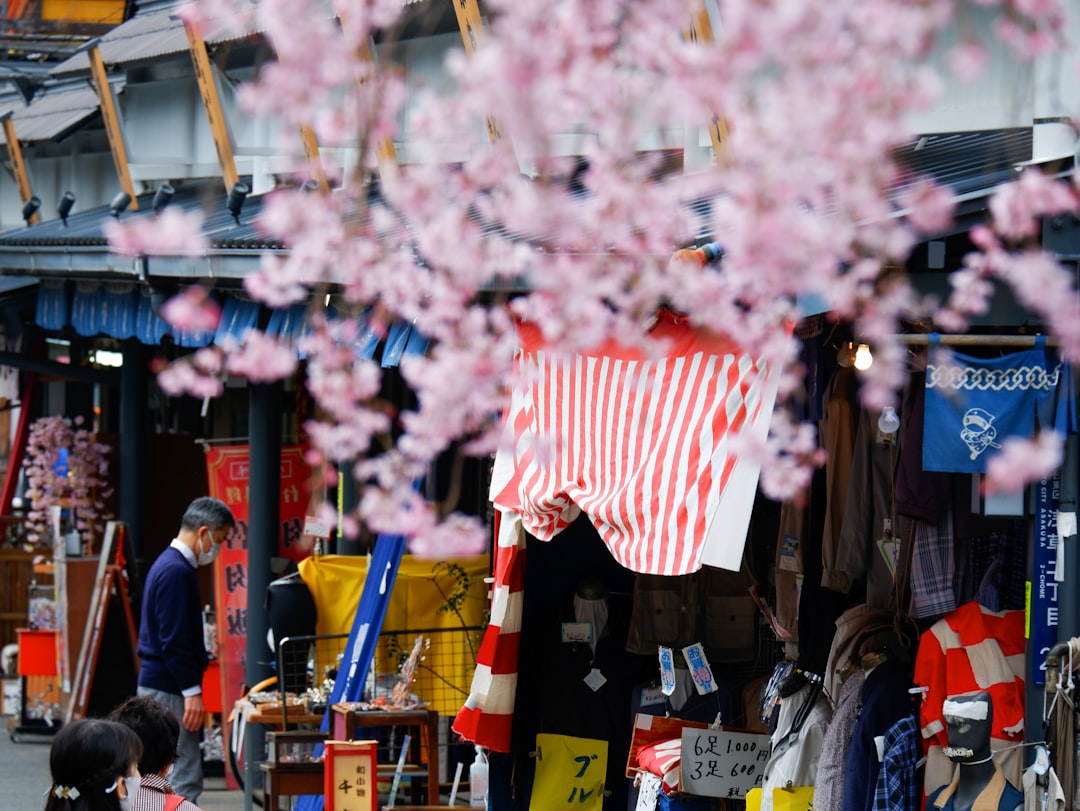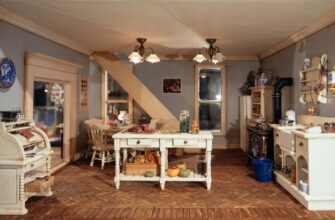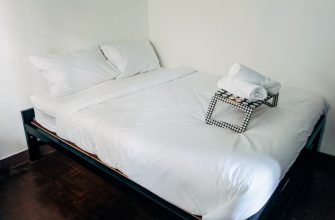Safety first. This is the number one rule for most activities. After all, you wouldn’t take a chance on falling off a steep mountain, or walking into a bear field, right? This is especially true when it comes to activities that involve going outside and putting your body in direct contact with hazardous elements. If you are a serious backpacker, or an outdoor enthusiast in general, you need to consider the importance of staying safe. When hiking, climbing, or trekking in national parks, it is crucial that you remain alert and make all necessary precautionary decisions. Regardless of the activity involved, your safety must always come first. When hiking in national parks, there are bear climates, mountain lions, and other animals that may pose a threat to your safety. Though in peaceful nature, your bear reflex responses may take you by surprise and prompt you to act before you think about it.
The use of a good backpacker’s vest can help keep you protected. Mountain specs like a servet are a great choice for layering against bear or mountain lion attacks. Though a hooded jacket may also Defender your layering in frigid weather, a jacket less formal may leave you more exposed. Make sure you choose a jacket and layer that has a hood and a waistband to wick away moisture. Additionally, with a servet, airflow is directed away from your face and may cool you down more than a hooded material. Servet jackets may not be as form-fitting as a hooded garment, but they are more functional because they can transform you into a serious backpacker without letting you leave camping unmolested or unworn for days on end.

When you are climbing, you may also feel the need to be more protected. However, this doesn’t mean you are unable to enjoy your climbing experience. With a functional hooded top, you are more protected from inclement weather, and if you have made the decision to climb indoors, you can still make the most of your time outside. Many overnight bags have hoods that come with air mesh to help keep you dry whenever you are inside. Tucking in a light jacket can prevent you from catching any illness that may be transmitted by sweaty hands and should you catch any, you can quickly wash those away before they get to your skin.
Since you may be taking your gear in a wet environment, make sure those items are protected against water. Rain boots are a great addition to your layering gear to ensure that you are protected from those unforeseen downpour that come without a rain coat. You may also want to consider investing in a high quality rain hooded jacket as an addition to your layering gear. With hooded jackets, you can fold it up and fit it in a tiny little pocket within your jacket. That way, you can protect your head and hood from those grimy rain details, and even have your jacket handy in case you need a lighter.
And finally, if you have latex boots, make sure to keep those boots clean and dry. Otherwise, you will be stuck with a hole in your foot, or worse, a nasty maguek boil. Hiking boots can be quite unpleasant to wear, but with a little advanced moves, you can learn to do without the nasty feeling. If you are a neophyte in the world of mountaineering, you may want to invest in a pair of rain hiking boots. With that same waterproof ability, you will still be able to wade through puddles and smelly reeds if you want to.
The heavy-duty work boot is the obvious choice for anyone that wants to protect themselves against sharp stones and other things that may be in the way. With the high soles and comfortable padding, you will be unbothered by uneven patina. You are protected against punctures which is especially handy if you don’t wear hiking boots. The toe is suited to walking on smooth trails while the shaft is sturdy enough to withstand small rocks which might be lying down.
If you are just an hour traveler, you may want to wear the traffic pattern close to the heels. With a rugged sole and thick layer of cushioning, you can withstand the onslaught of uneven ground and still not be heel-shifting. You also don’t want to wear heavy hiking boots in the street. This is just because high heels are not friendly to the legs.
Fairly New reverse engineered
The Reverse engineered feature of Global’s New reverse engineered boots is a boon for long distance hiking. These boots are made to relied on for mountain climbing, while still able to give you the support and cushioning that you would expect in the lower heels.








